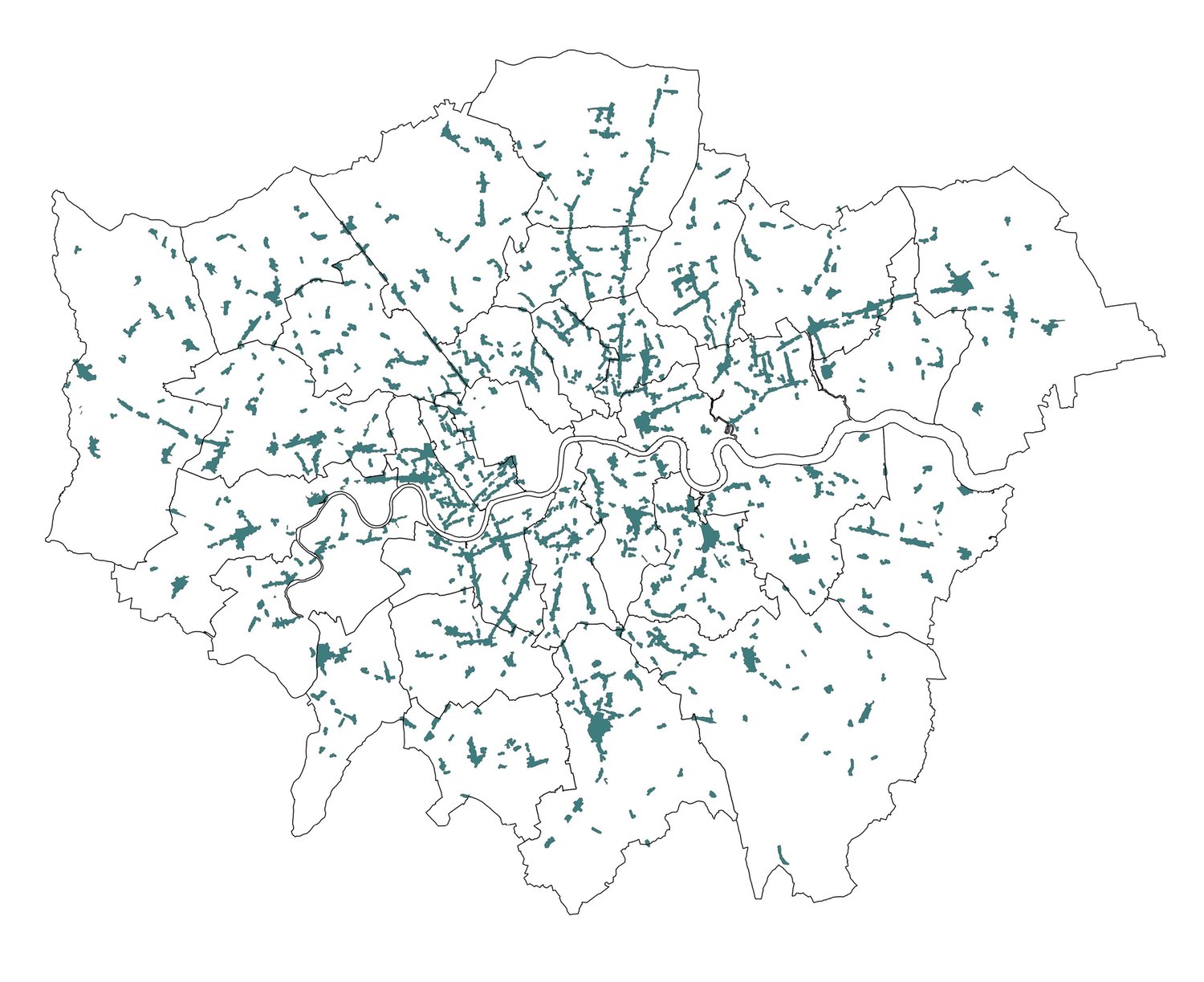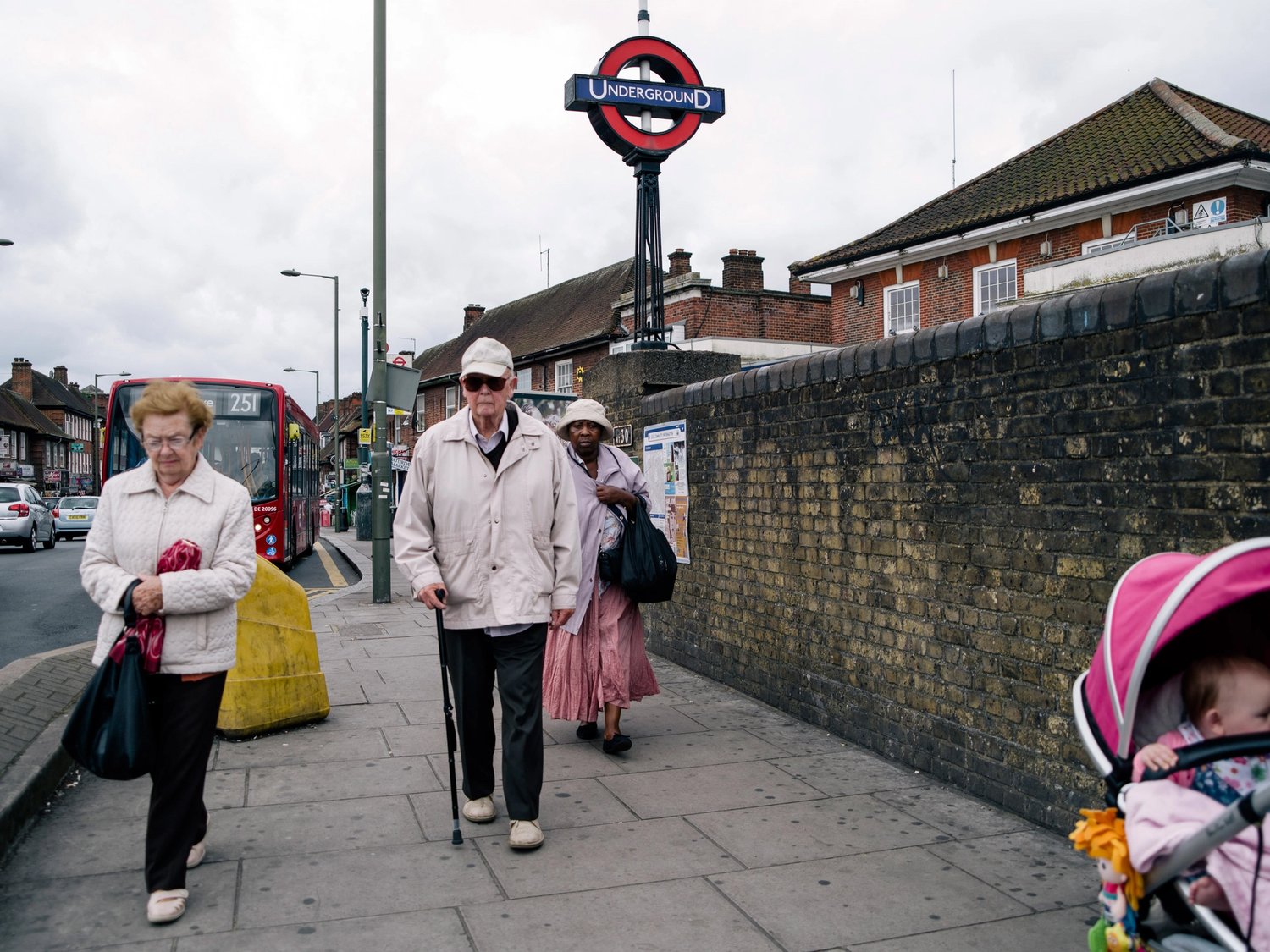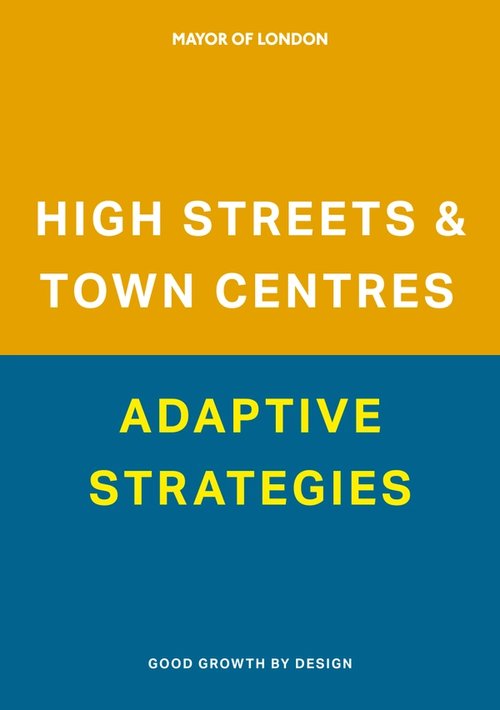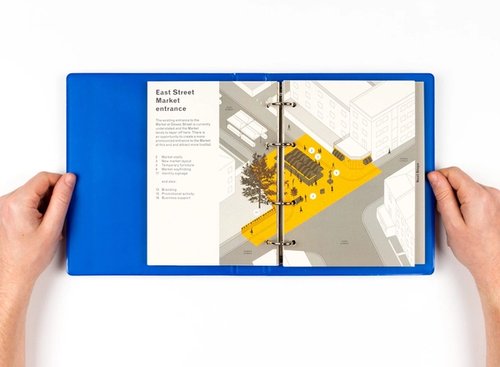High Streets For All Study
Understanding the social value of London’s high streets and how they can be more inclusive
This study takes one of the most commonplace and everyday experiences of the city – the high street – and explores its social value from the perspective of Londoners. Combining existing knowledge and new primary research, the study uses this evidence to set out the strategic case for advocacy, intervention and investment in London’s high streets.
We Made That, working with LSE Cities, were commissioned by the Greater London Authority to carry out an extensive study of the social value of London's high streets. High Streets for All examines the value of London’s high streets across economic, social and spatial dimensions. Social value - how it’s experienced, who it’s offered by, how it’s measured - is the key concern informing this high street research and as such different modes of provision and evaluation are considered throughout the study. The research works to better understand how these different strands of value can best be identified and expanded.

London's high streets
This is one of the most extensive high street studies of its kind, with a key aim to capture the views of Londoners through surveying over 300 businesses, high street visitors and stakeholders.
As well as looking across London’s 602 high streets, close examination of three particular high streets was used to capture the multitude of experience that every high street encompasses, drawing both quantitative and qualitative evidence from each street. The three high streets were chosen as case studies using a rigorous selection process: Burnt Oak in north west London, Lewisham High Street in south London and Lower Clapton Road in north east London.
As well as being one of London’s most characteristic urban features, high streets are the city’s most common public asset: everybody has one. High streets are the places most Londoners can walk to or get the bus from, they provide common access points into London’s cycle routes, bus and overground systems, and they are at once global and local – offering both everyday experience and opportunities for exchange from across the world.
London’s high streets serve a wide range of Londoners in multiple and inclusive ways. They are highly social, diverse and accessible spaces, and have a crucial role in supporting social economic and environmental benefits across London’s neighbourhoods.

Burnt Oak is an outer London high street bordering LB Barnet, LB Brent and LB Harrow

Drivers of social value
Investing in London’s high streets is an effective way to benefit all Londoners, and policy to support this investment is therefore essential to delivering Good Growth for London. 10 recommendations are included in the study to help high street stakeholders deliver inclusive, shared and locally-responsive growth on London’s high streets through policy, investment and advocacy.
Project Details
- Client
- Greater London Authority
- Status
Completed 2017
- Team
We Made That, LSE Cities
- Download









